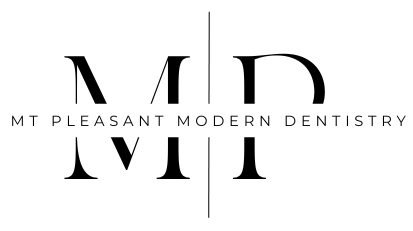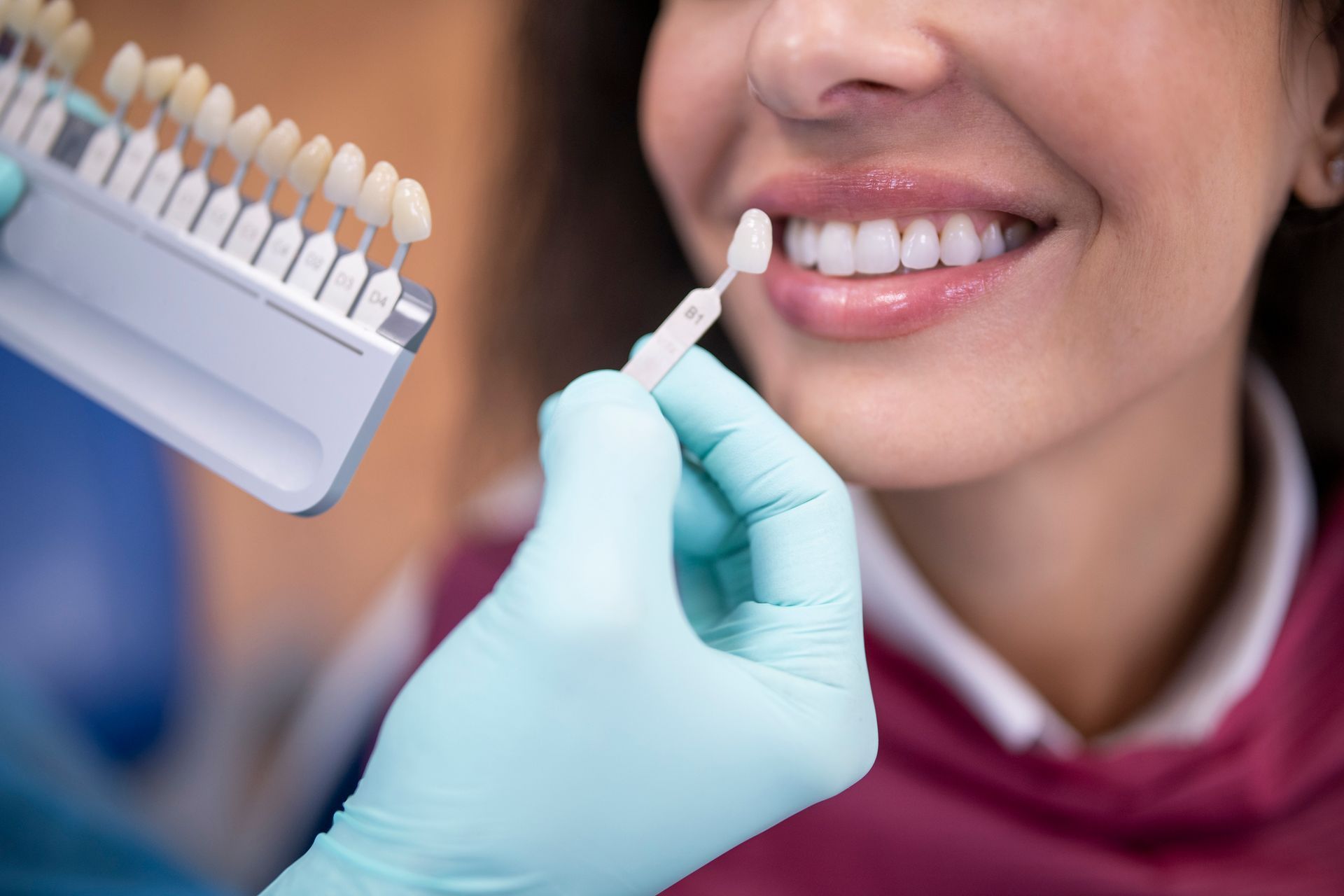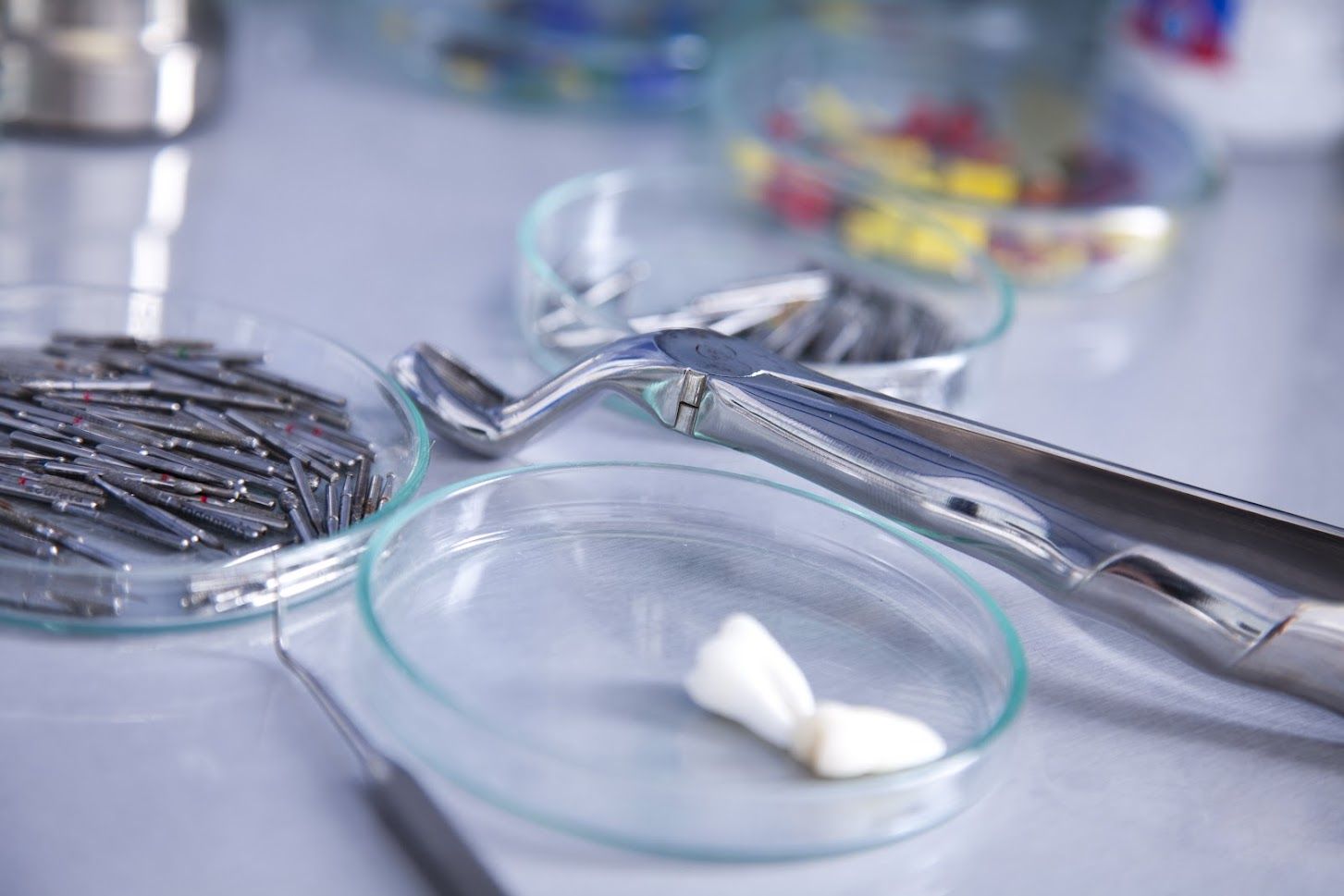(843) 216-0908
FAMILY . SURGICAL . COSMETIC . SEDATION
The Types of Materials Used for Dental Implants
How Dental Implants Work
Dental Implants must function in a high moisture and high usage environment. Your teeth need to do more than just present pretty smile. They help with everyday activities like eating and speaking. When a tooth becomes damaged or falls out, it can compromise the functionality of your jaw and the surrounding teeth.
Each tooth consists of two main parts: The crown and the root.
The crown is the visible white part of the tooth. It helps you speak and chew foods properly.
The root lies below the gum line and anchors the tooth in place.
Cavities, gum disease, or accidents can damage to one or both parts of the tooth, leading to the need for restorative dental work.
Dental implants offer a unique solution to missing or damaged teeth because an implant replaces both the root and the crown. Most tooth replacement solutions, like dentures and permanent or temporary bridges, only focus on the tooth’s visible part and must be replaced every five to seven years. These options also ignore potential issues that may arise from bone loss, which can affect adjacent teeth and impact facial aesthetics.
Considerations for the Materials Used in Dental Implants
Given the environment in the mouth, the materials used must be strong, lightweight, non-corrosive, biocompatible, and resistant to fracturing.
The substances used for dental implants are selected based on years of research with an understanding of physical and chemical properties that affect the jaw, gums, and the mouth in general. The properties include the surface composition and microstructure of the implant.
Materials Used for Dental Implants
- A post to replace the root of the missing tooth
- A crown to replace the visible part of the tooth, and
- A custom abutment to secure the post to the crown or new tooth
Materials Used for The Replacement Root
Titanium or zirconium are the most common materials used in the post of dental implants. The implant post is screwed into the jawbone and serves as the foundation for the new tooth. The material must have adequate toughness and strength and be biocompatible, meaning it resembles the human body and can fuse with the jawbone naturally.
Titanium is the gold standard for dental implants. The material can be pure titanium or an alloy. When titanium includes trace elements of iron, nitrogen, oxygen, and carbon, it improves its mechanical qualities.
Titanium alloys can mix with elements such as aluminum to improve its strength. The result is a low-density material that is resistant to both corrosion and fatigue.
Titanium offers a unique combination of strength, durability, lightweight, and biocompatibility. It can fuse with the jawbone, creating the necessary stimulation to activate cell growth in both the bone and gums.
There is also a low incidence of allergies in titanium implants, leading to a success rate above 90% since it first became widely used in the 1980s. Implant failure due to fracturing is also rare. However, a patient could have hypersensitivity to titanium or one of its alloys, resulting in implant failure, although, this rarely occurs
Zirconium is also used for the post of dental implants in some cases. Zirconium can successfully fuse with the bone, like titanium, and could be an option when a patient is concerned about metal allergies or sensitivities. The primary benefit of zirconium is eliminating corrosion risk and the lack of metal exposure at the gumline due to gum or bone recession.
While it has a low attraction to bacteria and corrosion, it is more susceptible to fracturing than titanium. Zirconium is a material more recently used in dental implants, and there is less known about its longevity and osseointegration (the fusion process) with the jawbone.
Zirconium implants are only used in one-piece applications rather than two, incorporating the post with the abutment to reduce errors. However, healing can be more complicated because the dentist does not fully submerge the implant underneath the gum tissue. Any movement during the healing process could impede fusion with the jawbone.
Bone volume is another factor when considering zirconium. When the jawbone has less volume, the titanium implant and bone grafting are less risky than zirconium.
By far, the most popular components for the implant post are titanium or titanium alloy. Those with sensitivities or metal allergies could receive a zirconium implant post as an acceptable replacement.
Materials Used for The Abutment
The abutment is the component between the post and the new crown and provides retention, support, and stability to both the implant post and the new crown. The abutment can be part of the implant itself in one-piece implants. However, the two-piece, with a separate abutment, is more popular. Dr. Hogan creates custom abutments for all his implant cases.
Dr. Hogan considers the hygienic properties and its appearance when selecting the material used for an abutment. The most commonly used material for dental implant abutment includes the following:
- Titanium
- Zirconia
- Surgical grade stainless steel
- Cast gold
- Resin
- Polyether ether ketone (PEEK)
Titanium and zirconia are the most used material for abutments. Titanium has a strong core and is durable, lightweight, and biocompatible. While titanium is the most common material used, there are limitations due to aesthetics. The abutment could be visible in terms of color and form, which plays a role in whether that’s the best choice.
Zirconia is the recommended alternative to titanium and can be colored to match your teeth, improving the aesthetic qualities. Zirconia abutments are available as full zirconia or one with a titanium core. It is also possible to have a metal core such as cast gold or surgical grade steel with a zirconia exterior.
Surgical grade stainless steel is a specific type of steel used for medical applications. It includes alloying elements of chromium, nickel, and molybdenum.
Cast gold is a long-lasting material that provides a durable abutment. The downside is that the color can show under the crown, making it distinguishable from your natural teeth.
Resin and PEEK abutments are not as durable and only used for temporary or provisional restorations.
Materials Used for the Crown
The crown is the part of the tooth that you see, making the material’s aesthetics as significant as other properties.
Ceramic or porcelain crowns are the most common material used. The material is solid and durable with the look, feel, and function of your natural teeth.
Porcelain fused to gold is an option that provides the strength of gold with the aesthetics of porcelain, creating a crown that could last up to 25 years. The porcelain is added to the gold substructure to extend the crown’s life without compromising its appearance.
Full cast gold : Using gold with gold alloys provides a long-lasting crown. Gold is durable, especially when combined with alloys like silver, zinc, platinum, and copper. The downside to a gold crown is the yellow hue that will distinguish it from your remaining teeth.
Full cast noble metal primarily consists of palladium, gold, silver, and small amounts of other metals. A full cast noble metal has properties similar to gold but is silver in color.
Zirconia over titanium has become a popular option for dental crowns. The zirconia can be colored to match your natural teeth. The titanium substructure provides the strength needed to function correctly. A crown using titanium could last up to 40 years. Zirconia has a similar success rate but is not as durable as titanium.
Final Thoughts
Dr. Hogan stays up to date on the latest research and advances in dental implants and has decades of experience on restorative dentistry using dental implants. So whether you have a single missing tooth that needs replacement, multiple missing teeth, or you are considering full mouth dental implants to restore your smile and regain function, contact our office in Mt. Pleasant, SC to schedule a consultation today.
FAQs
- Are ceramic crowns durable?
Ceramic and porcelain crowns are the most common materials used in crowns. They are durable and can aesthetically match your remaining teeth. Options using metal create a longer-lasting crown but are not the same color as your natural teeth, making them a less popular choice.
- What is the best material for my dental implant?
There are three parts to a dental implant: The post (root), the crown (visible part of the tooth), and the abutment (attaches the root to the tooth). In most cases, titanium is the material of choice for the post and ceramic or porcelain for the crown.
- Are all dental implants made of titanium?
Titanium is the most popular choice because of its properties. However, in some cases, Dr. Hogan may use zirconium based on the client’s needs and preferences.
The post The Types of Materials Used for Dental Implants appeared first on Smiles by Hogan.
CONTACT
Information
Phone: (843) 216-0908
Address: 3405 Salterbeck St. STE 100
Mt. Pleasant, SC 29466
Email: office@mtpleasantmoderndentist.com
BUSINESS
Hours
- Monday
- Closed
- Tuesday
- -
- Wed - Thu
- -
- Friday
- -
- Sat - Sun
- Closed










